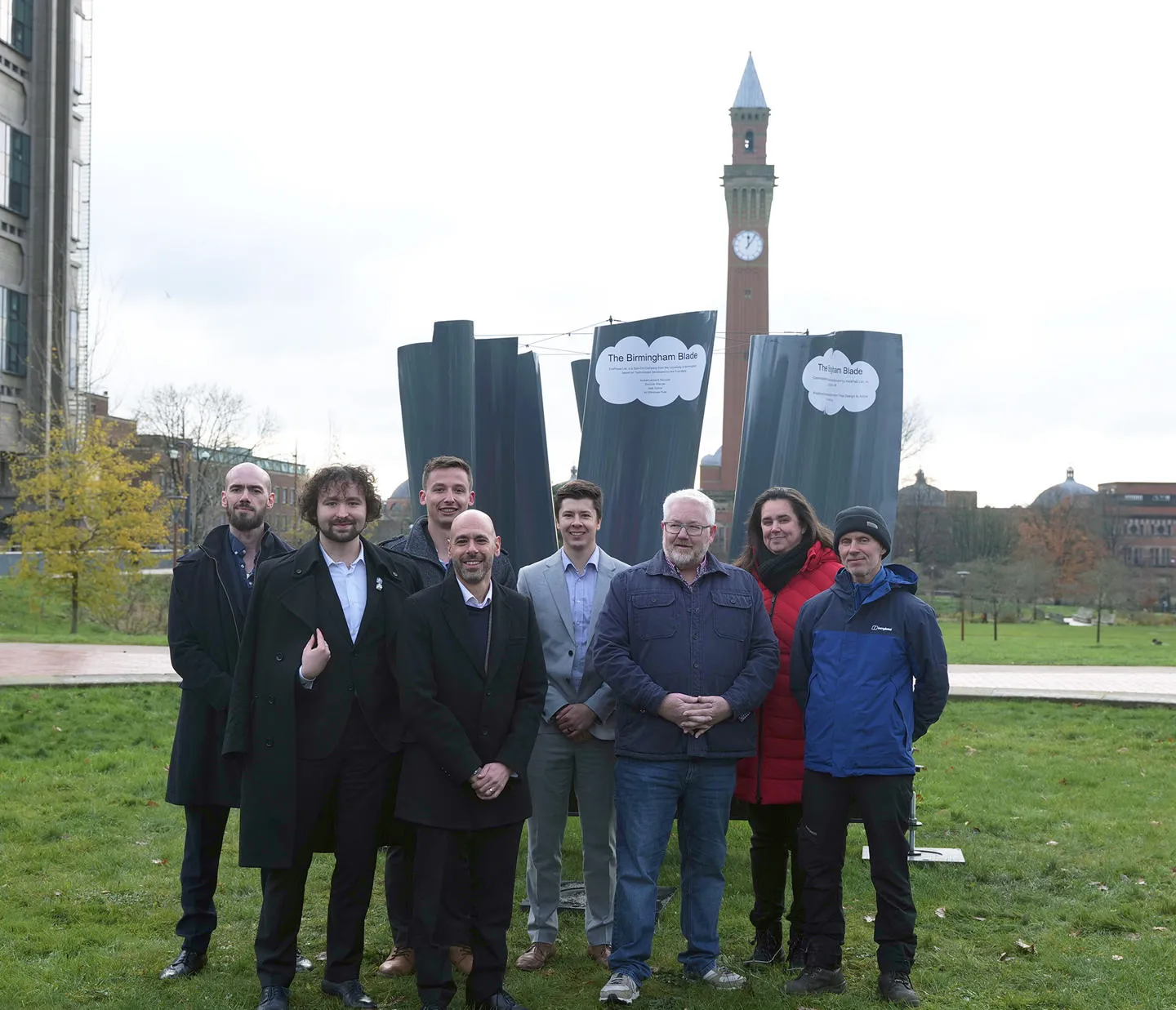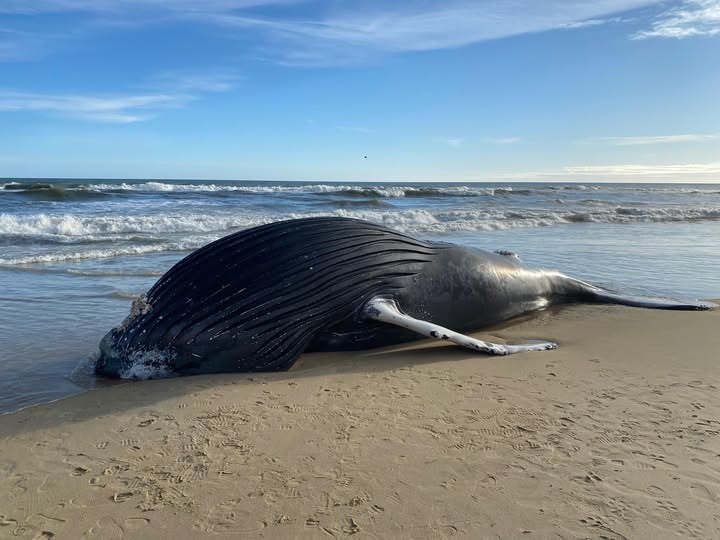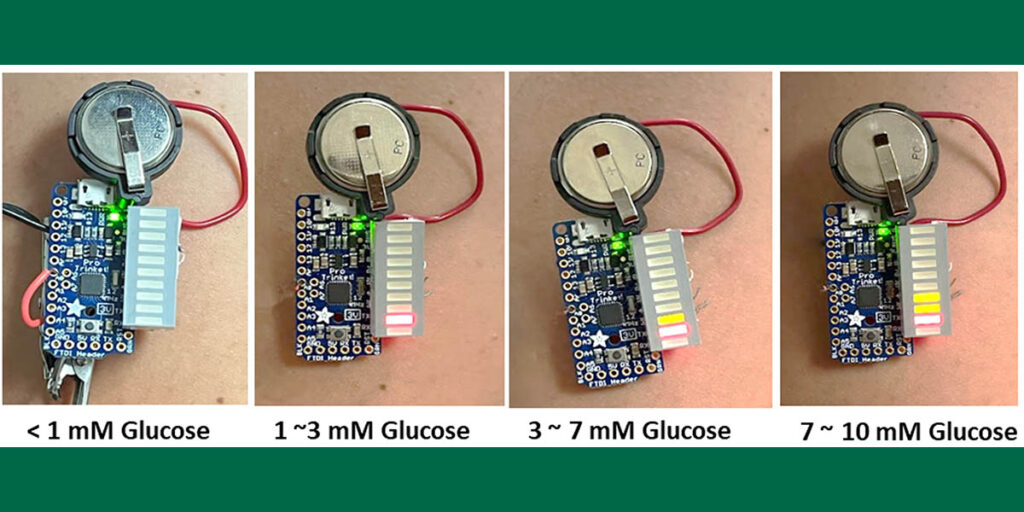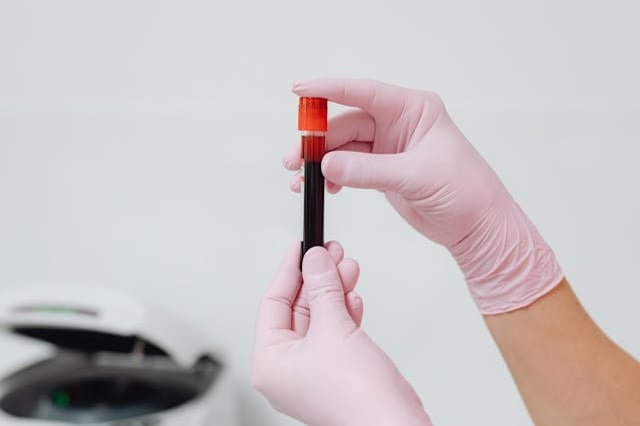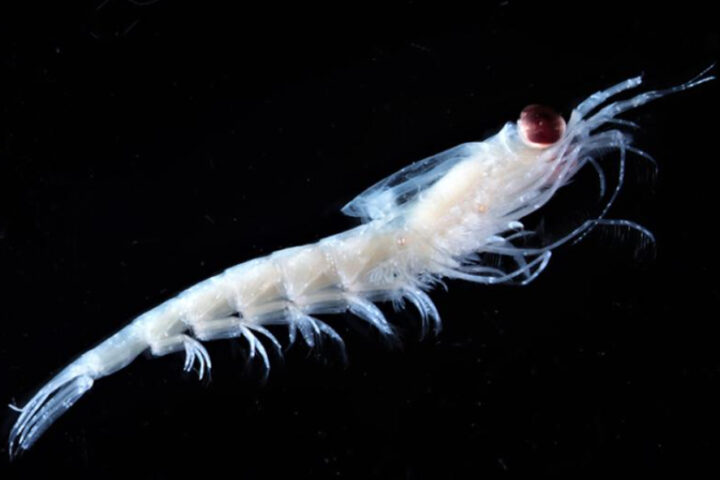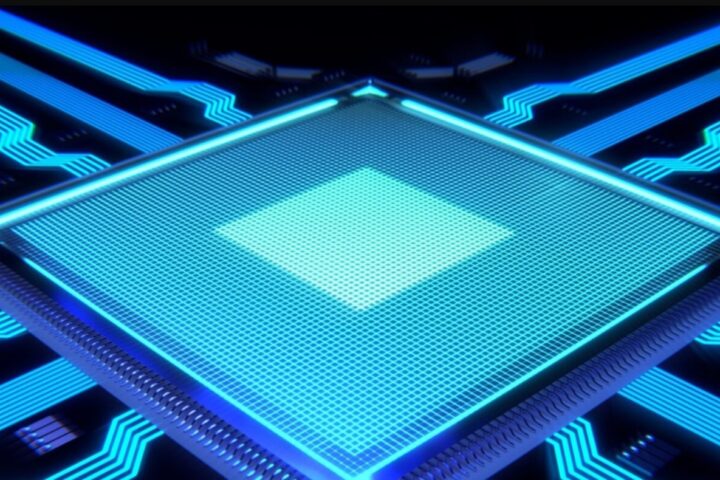In a development that merits careful examination, EvoPhase and KwikFab have produced an AI-designed wind turbine specifically engineered for Birmingham’s urban environment. The “Birmingham Blade,” as it’s called, operates at wind speeds of 3.6 meters per second – notably lower than conventional turbines’ requirement of 10 meters per second.
Technical Specifications and Design Process
The curved-blade design, rotating around a central axis, claims a seven-fold efficiency increase compared to existing Birmingham installations. EvoPhase’s AI system generated and evaluated over 2,000 design iterations within weeks, a process that traditionally demands years and substantial financial investment.
Leonard Nicusan, Chief Technology Officer at EvoPhase, explains the technical rationale: “We needed a turbine that could capture Birmingham’s relatively low wind speeds while managing turbulence caused by surrounding buildings. The design also had to be compact and lightweight to suit rooftop installations.”
Manufacturing Implementation
KwikFab has manufactured the initial prototype, with an aluminum version planned for rooftop testing in Birmingham. Paul Jarvis from KwikFab states: “We can take a complex design, and manufacture and ship a prototype for testing within weeks. We’d like to work with organisations that want to make the most of wind power, a source of sustainable energy that is free, and present in every country.”
Design Methodology
The development process, led by Dr. Kit Windows-Yule at the University of Birmingham, employs evolutionary algorithms that mimic natural selection. This approach allows for simultaneous optimization of many different parameters, avoiding traditional trade-offs between performance factors.
Industry Impact
Leonard Nicusan explains the AI’s role: “Using AI was essential for breaking free from the long-standing biases that have influenced turbine designs for the past century. AI allowed us to explore design possibilities beyond the scope of traditional human experimentation. We were able to generate, test, and refine over 2,000 wind turbine designs in just a few weeks, significantly accelerating our development process and achieving what would have taken years and millions of pounds through conventional methods.”
Similar Posts
Future Development
The project team plans to develop a variant for Edinburgh’s distinct wind conditions. The final Birmingham product is expected for market release by late 2025.
Project Support
The initiative received partial funding through the Manchester Prize, a multi-million-pound program from the UK’s Department for Science, Innovation and Technology supporting AI developments for public benefit. EvoPhase, launched in 2023, has expanded its AI design approach to other industrial sectors, including food, pharmaceutical, and chemical manufacturing equipment optimization.
